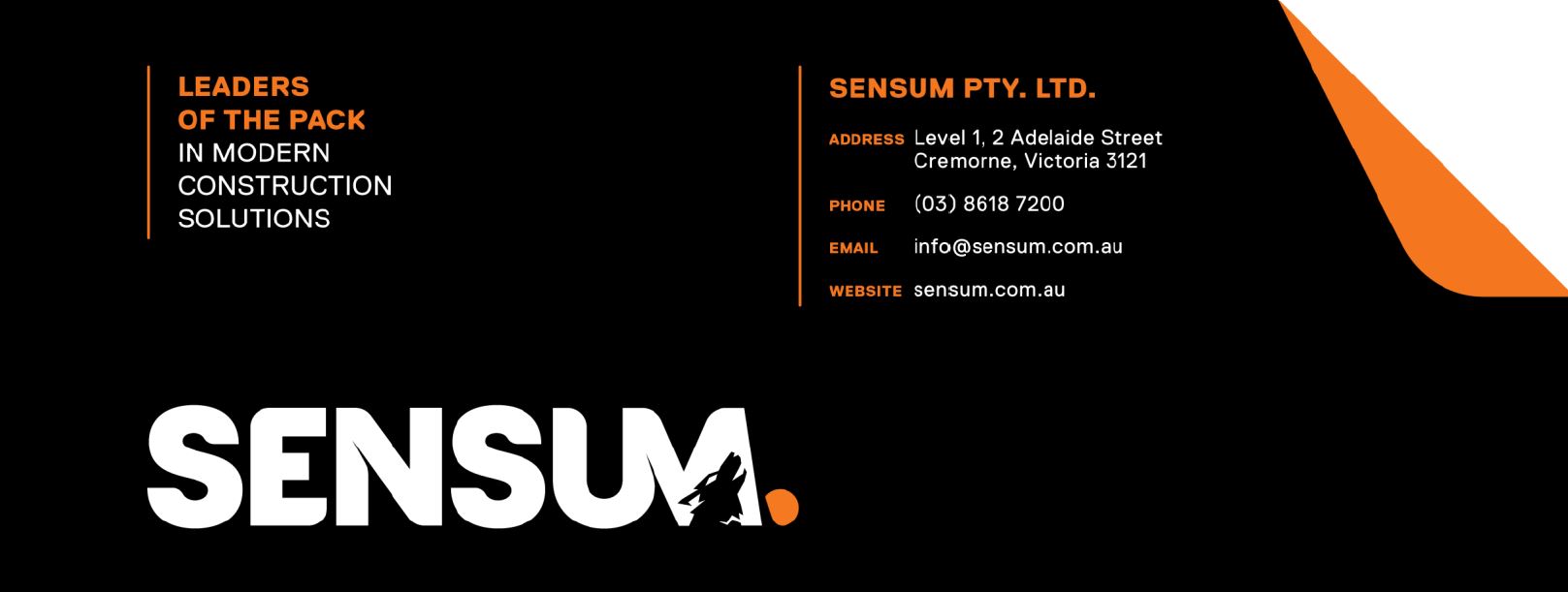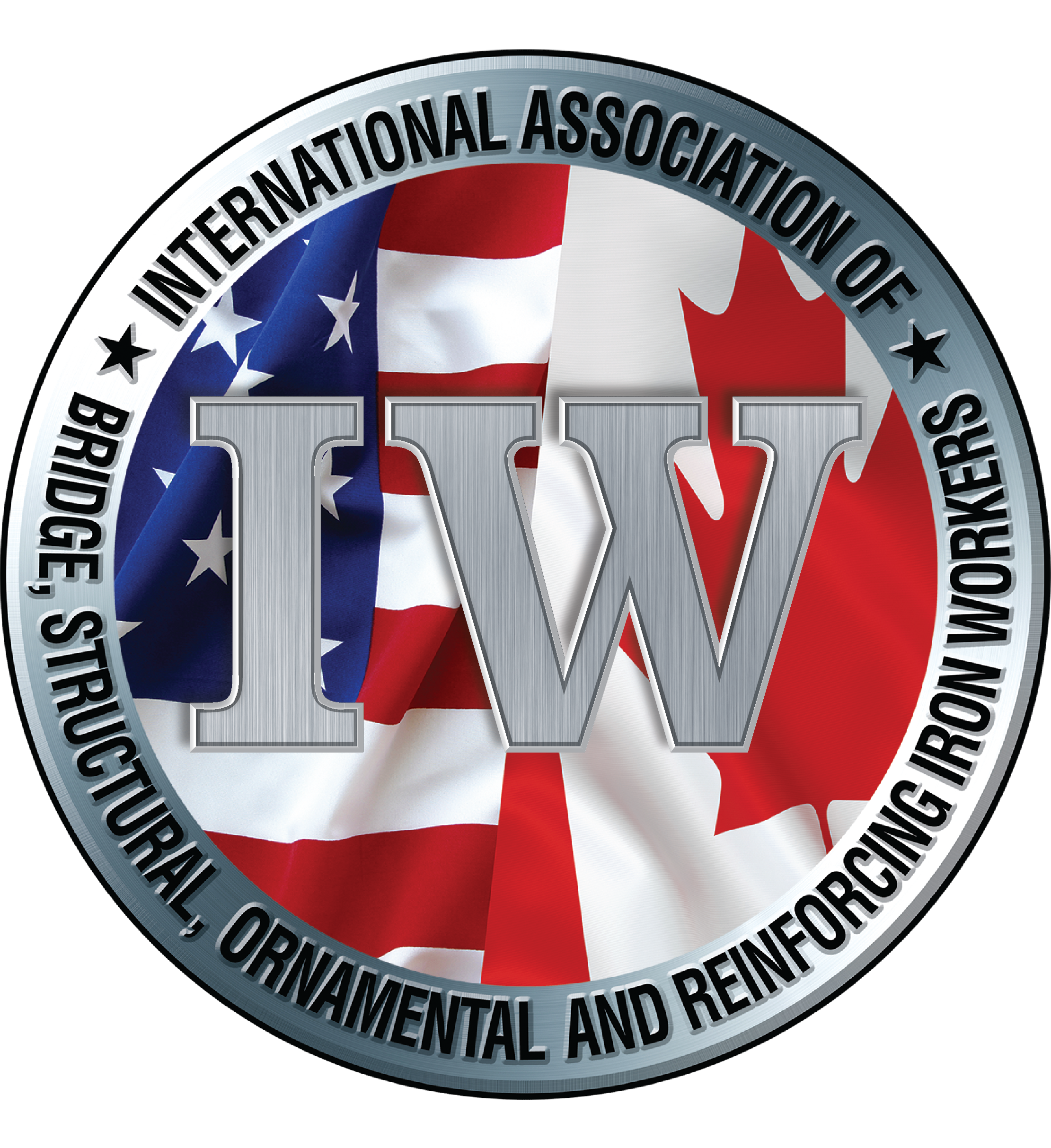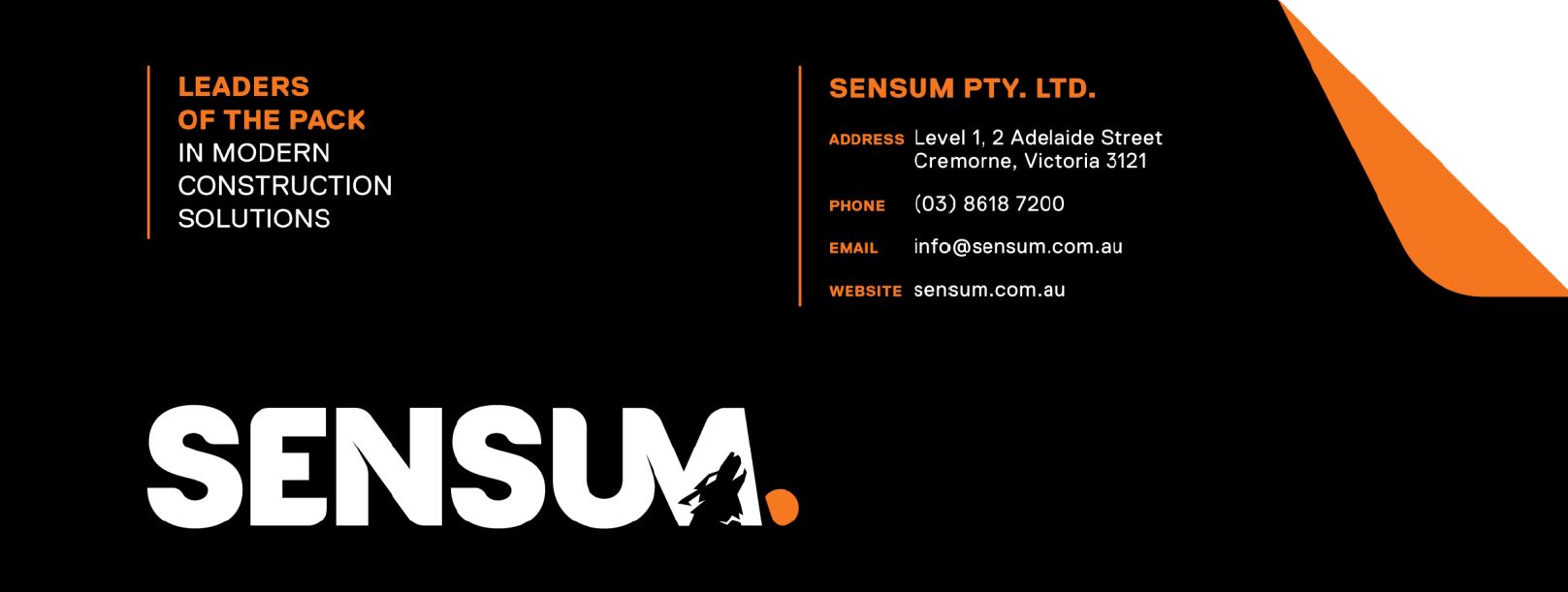Title Page
-
Conducted on
-
Prepared by
-
Location
-
conducted for
-
Primary School
-
Completed on
-
12 Jul 2017 12:20 PM
-
Document No
-
Audit Title
-
Primary School
-
Client / Site
-
Primary School
-
Conducted on
-
26 May 2017 09:10 AM
-
Prepared by
-
Tony Anderson
-
Location
-
Score
Building Inspection Process
Planning of your school’s maintenance is a cyclical process and a representative from the Building Infrastructure team can assist you in the development of your plan. The Building Infrastructure Team member can prepare an Annual Building Maintenance Condition Report to monitor the condition of buildings and facilities of the school and identify maintenance needs. The Annual Building Maintenance Condition Report will include internal and external maintenance works. The report will also identify the element (building or grounds), the frequency of inspection, the condition report and work requirement and the work priority The work items required in the maintenance program can be programmed from the Building Maintenance Condition Report to suit the work priority and budget provisions The objective of this report is to identify maintenance issues and problematic areas on a priority basis in accordance with the guidance provided If you were uncertain about a course of action or a maintenance issue that becomes known, then we would expect you to contact a representative from the Building Infrastructure Team for assistance
Scoring explained:
Areas assessed:
-
External
-
Roof, downpipes, gutters, eaves, fascia, walls, windows, doors, floors, air conditioners, painting, lights, storm water drains, carpark, pathways and playgrounds
-
Internal
-
Doors, windows, walls, carpet, vinyl, ceilings, painting, air conditioners, radiators, lights, electrical fittings, fixed furniture, desks and chairs
-
Each area assessed, is given a rating based on the level of maintenance performed
-
Pass - (Green) Maintenance is up to date. One point given as a p
-
Maintain - (Amber) Planned maintenance required. No points given
-
Action - (Red) Non-Compliance Action required
-
Question
Response
Details
-
Painting (check for fading and flaking)
-
Maintain
-
Electrical fittings - includes Emergency Exit Lights, switchboards etc
-
Action
-
Rear door emergency exit light not working
-
Walls (Check for cracks, signs of dampness and general movement)
-
Signs of water damage Screw protruding through wall at ceiling height
-
paint breakdown and corner damage
Internal Building Maintenance - 103/120 - 85%
Building Inspection Process
-
Schools will be required to establish Building Maintenance Condition Reports to monitor the condition of buildings and facilities of the school and identify maintenance needs. These Building Maintenance Condition Reports will identify the element (building or grounds), the frequency of inspection, the condition report and work requirement and the work priority. The work items required in the maintenance program can be programmed from the Building Maintenance Condition Report to suit the work priority and budget provisions. The objective of this report is to identify maintenance issues and problematic areas on a priority basis in accordance with the guidance provided. If you are uncertain about a course of action or a maintenance issue that comes to light, then we would expect you to contact a representative from the Building Infrastructure Team for assistance. Scoring explained: Areas of the school assessed are: External Roof, downpipes, gutters, eaves, fascia, walls, windows, doors, floors, air conditioners, painting, lights, storm water drains, carpark, pathways and playgrounds. Interior Doors, windows, walls, carpet, vinyl, ceilings, painting, air conditioners, radiators, lights, electrical fittings, fixed furniture, desks and chairs. Each area assessed is given a rating based on the level of maintenance performed. Pass - (Green) Maintenance is up to date. One point given as a pass. Maintain - (Amber) Planned maintenance required. No points given. Action - (Red) Action for Non compliance. No points given
1.0 Classroom(s)
-
Use this section of the form to record findings for each of the classrooms you inspect
Add a classroom to the inspection schedule
Classroom 1
-
Room number
Administration
-
Room type
-
Reason for auditing this room
Planned inspection
2.0 Moving around the room
-
Turn on guidance
-
Check the entrance(s) to the room. Does the door open freely? Is the route to and from the door free from obstructions on both sides? Is there enough space in the room for staff and pupils to move easily around the space? Are there any slip or trip hazards? Look for uneven floors, worn carpet, trailing cables etc
-
Entrance / exit routes
-
Recommendations
-
Obstacles
-
Slip / trip hazards
3.0 Fabric of the room
-
Make sure the door is in good condition and that the handle, lock and auto closer work. Check the windows are in good condition and can be opened/closed easily, there are no cracks and are cleaned. Check condition of walls and ceilings. Note where plaster is coming loose. Are ceiling tiles in good condition? Is the paint in good condition with no signs of fading or flaking? Examine heaters, radiators and air conditioners are being maintained and serviced. Are the filters clean and external of unit cleaned? Are the lights all working? Are the switches and sockets safe? Is there any known asbestos in the room? Is it in a safe condition still? Has anyone punctured the walls, ceiling or floor without testing for asbestos?
-
Door/s (Doors open fully with no catching)
-
Windows (check that windows can be opened, check integrity of seals, broken window panes and condensation)
-
Carpet (General condition is good, signs of damp spots, wear & tear, fading and any trip hazards)
-
Vinyl flooring (check general condition)
-
Ceilings (No signs of water damage, missing tiles, holes or other damage)
-
Signs of water damage in principals office
-
Check with architects regarding defects list
-
Air conditioners (filters have been cleaned and units are serviced)
-
Radiators / heating pipes
-
Lights (check that all lights work and the covers are intact)
-
Fixed furniture, desks, chairs, cupboards, tables, bag lockers etc
-
Fire Services - Portable extinguishers & hose reels are maintained
-
Compliance with arrangements for managing asbestos (Current Asbestos Audit)
4.0 Portable items
-
Check condition of furniture and equipment in the room. Ensure there are no sharp edges protruding and that all furniture is stable and in good condition. Check that equipment in the room is well maintained and has been tested. If uncertain / testing records are not present, then flag for maintenance by qualified staff. Make sure extension reels (if in use) are not being used in a wound up condition
-
Pupil desks
-
Pupil chairs
-
Teacher desk
-
Teacher chair
-
Other furniture
-
Electrical equipment (Tested & Tagged)
-
Have electrical devices been tested and tagged in last 2 years?
Additional areas
Classroom 2
-
Modular classroom
General
-
Internal Entry door - locking system is moving
-
Engage a lock smith to repair
-
One light not working
-
Engage an electrician to repair
-
Engage an electrician to repair and test
Classroom 3
-
Mini modular
Classroom 4
Lower Primary
-
Check with architects defect list?
-
Ceiling tiles damaged – some are loose
-
Check with architects for defects list
-
Engage a painter to maintain
-
Emergency exit light not working
-
Engage an electrician to test every six months
-
Art room area - screws protruding in storage boxes
-
Engage maintenance trade to repair
-
Media
Appendix 1
Appendix 2
Appendix 3
Appendix 4
-
Appendix 5
Appendix 6
Appendix 7
Appendix 8
Appendix 9
-
Appendix 10
Appendix 11
Appendix 12
Appendix 13
Appendix 14
-
Appendix 15
-
Appendix 16
Appendix 17
-
Appendix 18











